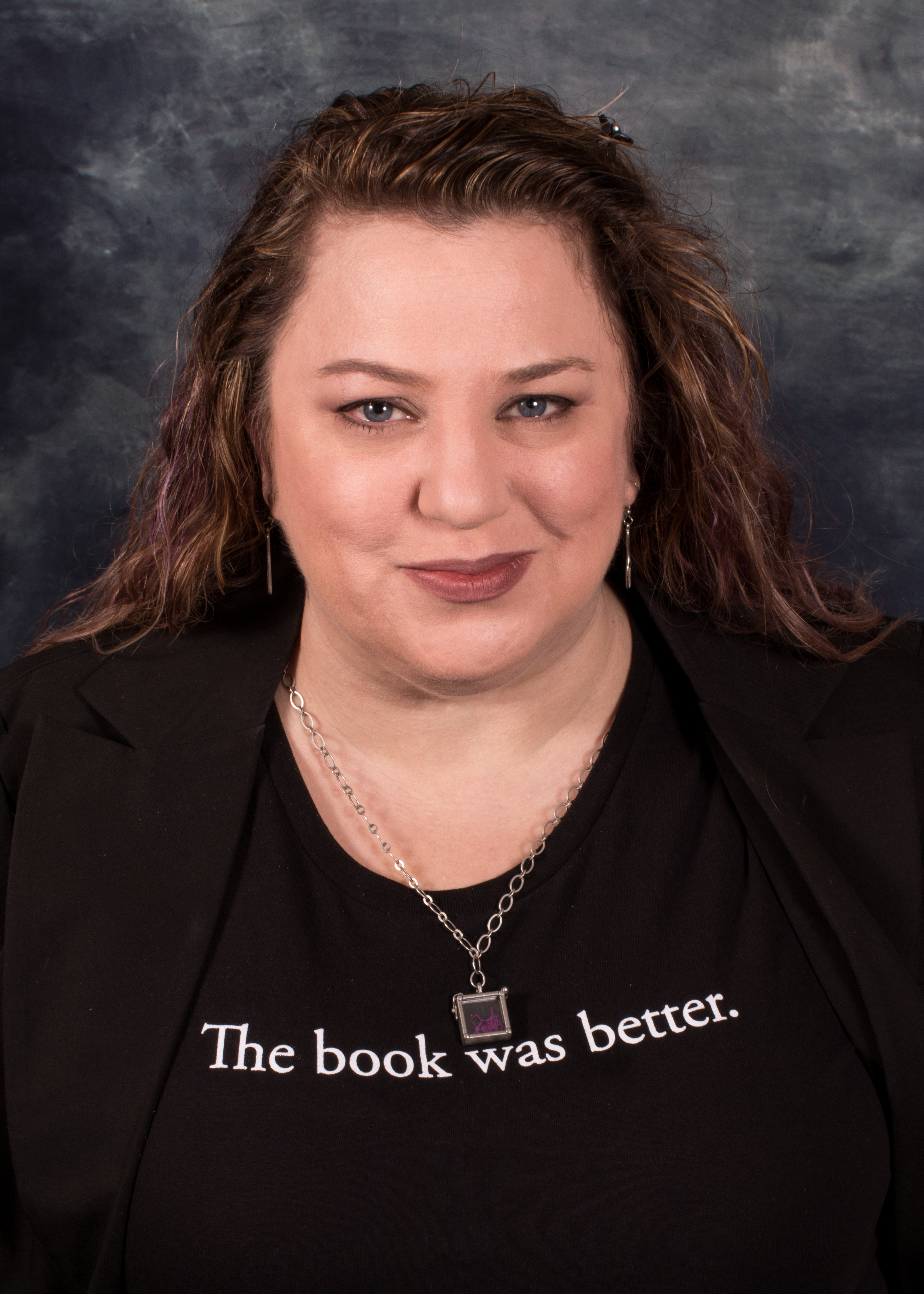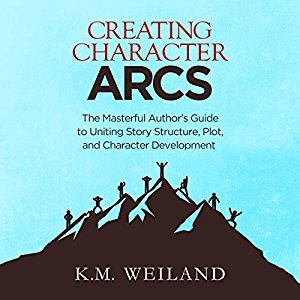Like many of the other Fictorians this month, I’ll be talking about Nanowrimo in my post. There’s much to be said on the general subject of pre-writing, but I cannot pass up an opportunity to speak of that magical time in November when the internal editors go on vacation and writers all over the world just let it fly.
Nano was so critical to me in starting my serious writing career that it’s not hyperbole to say that without Nanowrimo I’d likely not be a writer today. Nano provides what I feel is the perfect safe starting point for that writing hobby or career you may have always thought about but never took a serious run at. It certainly was for me, and I can’t imagine where I’d be without it.
In 2013 I was 44 years old, and I had been carrying one story in my head for more than 25 years, an experience I have found many writers have in common with me. Perhaps you have one too. I had taken a few shots at actually writing it, but when I decided to give Nanowrimo a try that year I hadn’t written a word in a decade. 1,600 words a day? I didn’t know if I could do a hundred.
As it turned out, I could do the Nano pace fairly easily that year, no outline needed. I was, after all, writing a story I had been thinking about since I was a teenager. I just learned to turn off my internal editor, allowed my writing to be as good or bad as it was on that first pass and went to town.
It’s repeated ad nauseam in the writing community, but that lesson of my first Nano was one of the most important tools I have learned in writing and one I still have to pull out often: JUST WRITE IT. You can fix it later, you can make it better later. You can’t fix an empty page. Get it written, get it done. This is why you revise after all (and revise, and revise – but that’s a blog post for another day).
Using Nano of 2013 I got that first novel off the ground and put my first 50,000 words into it. Once I had done that, it was easy to continue when November was over and by next spring I had a completed novel of 130,000 words. It was a feeling of accomplishment that is hard to describe. Lots of people talk about writing a novel, but I had done it. It was ugly, clumsy and tropey as all hell, but it was there. It existed.
I’d like to come back to this moment as I think there’s a key lesson to share here, but first I’d like to talk about my remaining Nanowrimo experiences. I have participated in Nanowrimo every year since, and I have ‘won’ every year and I think it is on the strength of outlining. I say this despite the fact my first win was completely pantsed.
I usually start preparing for Nano in September as I decide what I want to use November for. I then spend October on prep. I have a complete scene-by-scene outline done. I have all my characters worked out in terms of back stories and motivations. I know where my big act breaks are, and a decent idea of themes I want to explore.
Once November starts, it’s time to write and not worry about the polish. I write everything this way now, November or not. First drafts are allowed to be rough, the important thing is to get from the beginning to end. I can’t stress this enough: Start, follow through, finish. You can fix later.
Despite the heavy outline though, I try to leave room for creativity during the writing process. Even though I document my characters beforehand, I usually find their voices while writing the project. I also pay close attention to that little voice that tells me to make radical changes to big scenes, outlines be damned. Folks, listen to that voice: it’s almost always right.
So like writing itself it’s still just about showing up and doing the work. 1666 words a day is more for some than for others, but I think it’s an achievable pace for most. If you are pantser, more power to you. I find that I’ve heard more people go in with some kind of outline, and for me the more detailed it is the more successful I’ll likely be.
One last thing I’d like to add before I close, with the caveat that it’s not really on point. If you are like me and you use your first Nanowrimo to finish that big novel you’ve been carrying around for years, when its done – congratulate yourself. Pour yourself your favorite beverage, brag on social media, pat yourself on the back. You’ve done an amazing thing.
Now write something else.
Put it in a drawer and write at least one other story before coming back to it. I have met many writers on this journey who are still working on that first novel years later. Still polishing, still revising. *Years later*. That may be the correct road for some but I am glad it is not the one I took. That first baby of yours will always be there to come back to but what will really level up your skills is *repeating the whole process*. Of all of my writing decisions, that was one of the smartest for me.
Good luck and I’ll see you in November!


